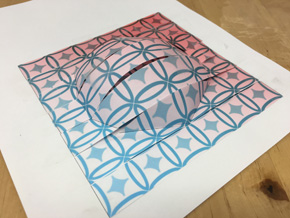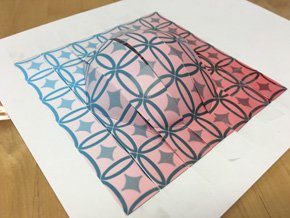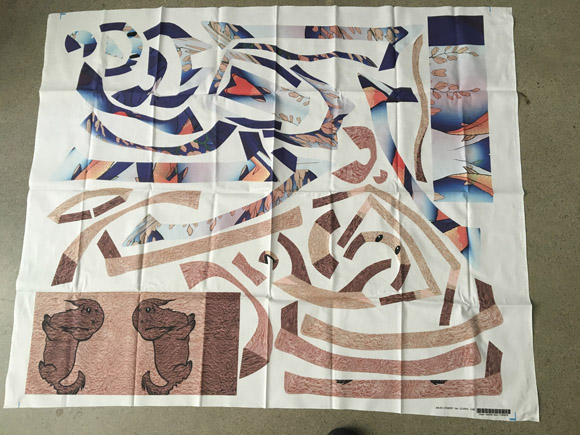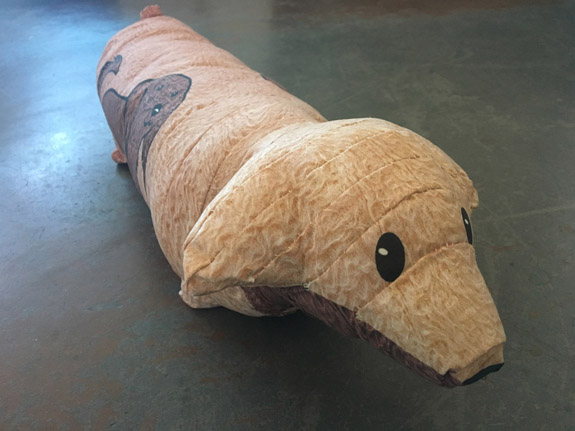Recent Personal Work
Jennifer Weiler
__________________________________________________
This webpage provides an overview of many of my recent projects.
It also includes links to more detailed explanations and background information.
Examples of student work from classes I have taught for graduate,
undergraduate, and high school students can be viewed here.



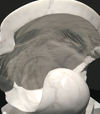
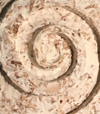
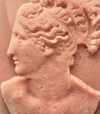 __________________________________________________
__________________________________________________
For this project, I created a system that translates the traditional ceramic and lighting technique of lithophanes into the medium of 3D printing. The software, toolkit, and fabrication pipeline have been published online through Instructibles.
Link to published Instructible
Link to conference presentation
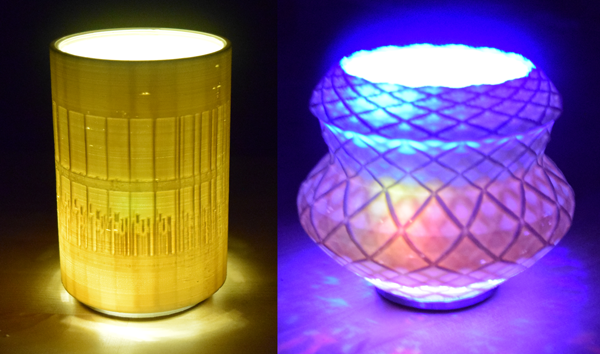
The program (Lithobox) allows users to build a 3D lithophane in 3 steps:
1) creating the sihouette of the 3D lithophane



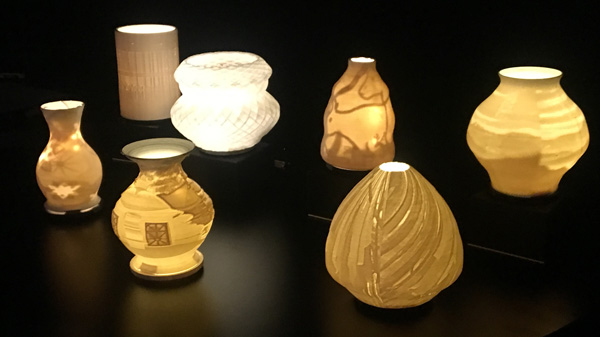
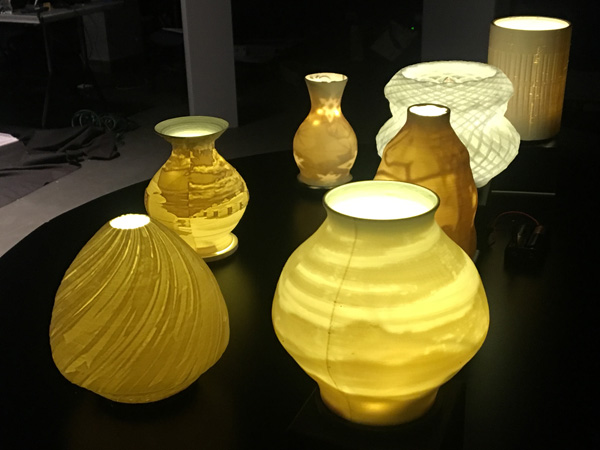
__________________________________________________
Computer programming is a big part of my artistic practice,
and I enjoy creating 2D images and animations based on algorithms.
Link to webpage about algorithmic paintings
Link to webpage about custom 2D animation rigs
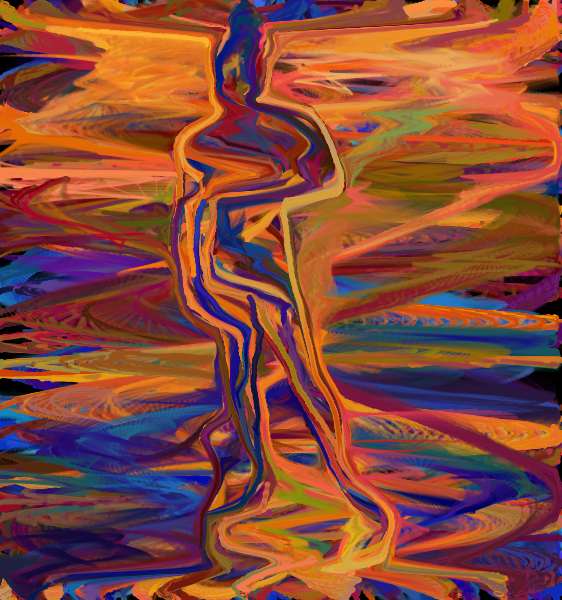

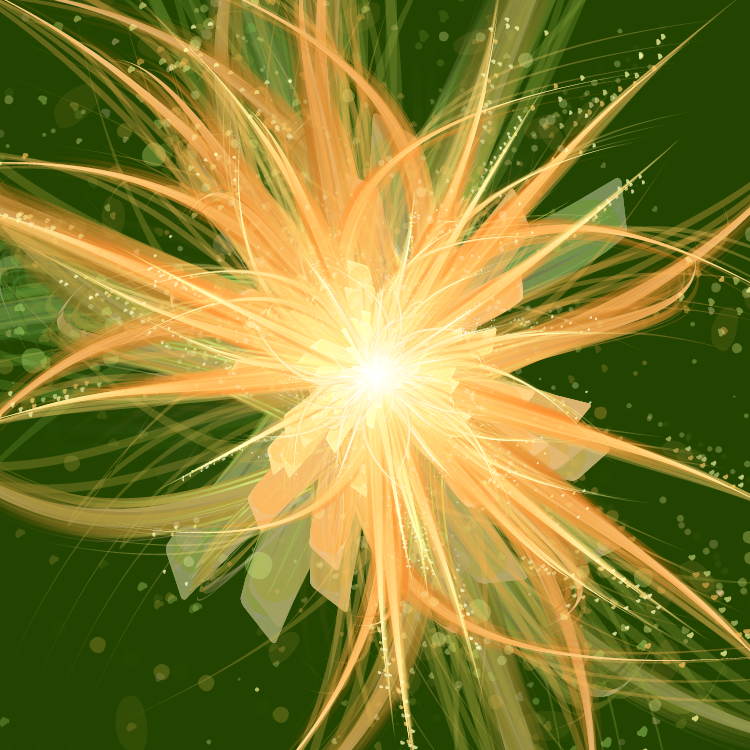
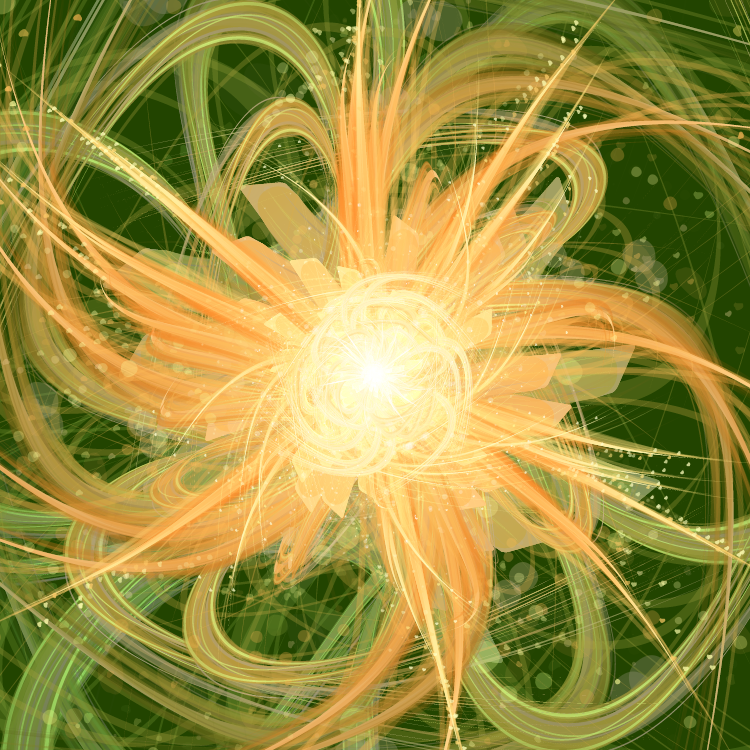
__________________________________________________
During my time at Arizona State University, I have had the oppurtunity
to work closely with the ASU foundry in order to cast 3D printed objects into metal.
The 3D prints were generated programmatically.
Link to my web page on metal casting techniques
Link to metal casting work presented at IEEE VISAP
Link to information about the Speculative Object show
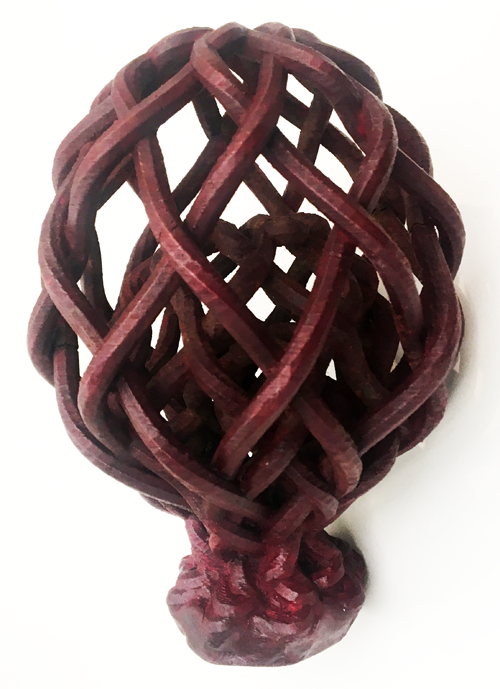
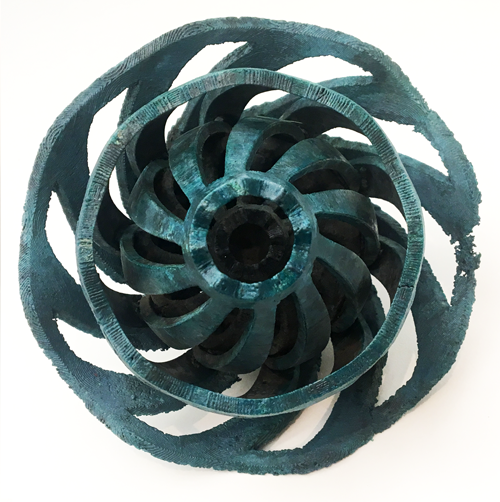
This work was a collaboration with biology student Kat Fowler and the ASU foundry.

ASU and William Paterson University

__________________________________________________
Over the past few years, I have had the change to work with the Garfagnana Innovazione's Digital Stone Project in order to create marble sculptures based on 3D models.
The finished sculptures are produced by a combination of automated machine carving and hand-held carving and sanding tools.
Link to Digital Stone Project website
Link to website describing 3D data visualization of
sea ice extent for polar seas
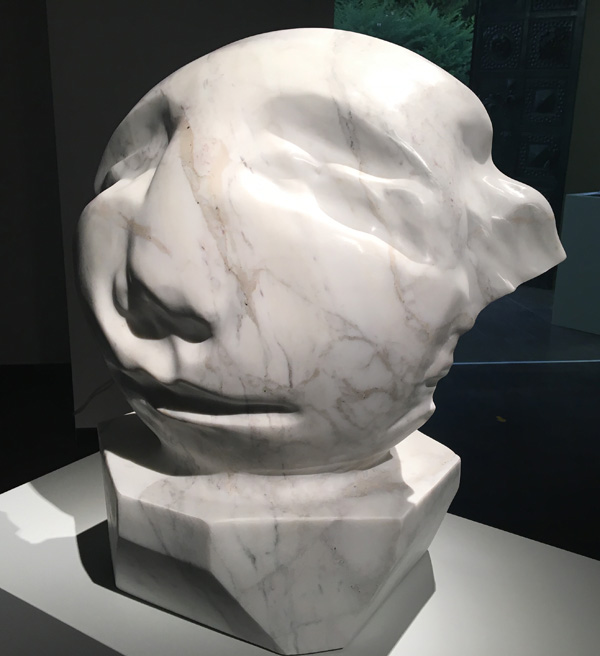
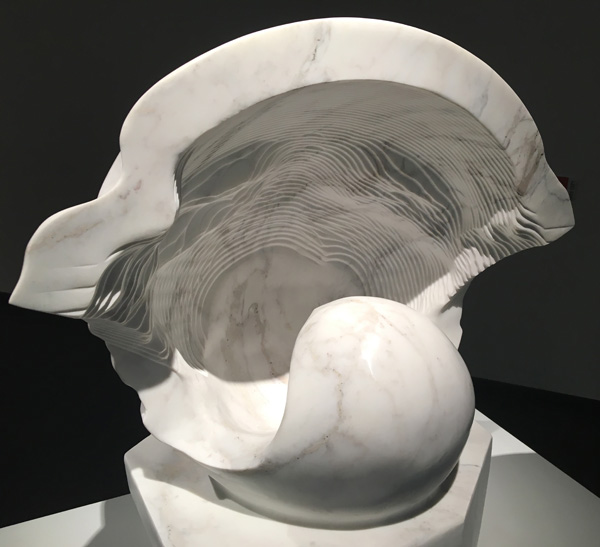
This project was created in collaboration with Mary Bates Neubauer and Daisy Nolz of the ASU School of Art.
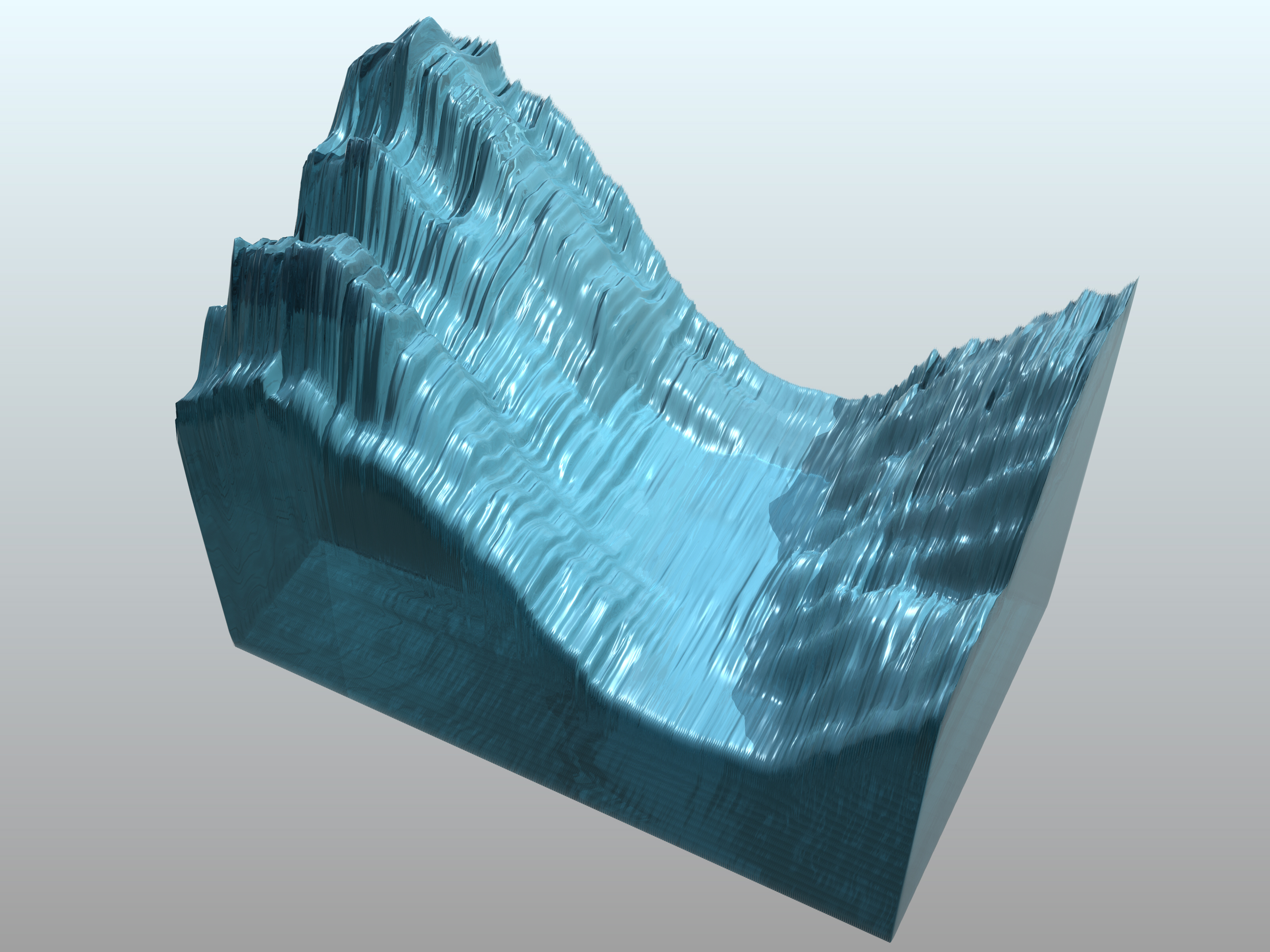
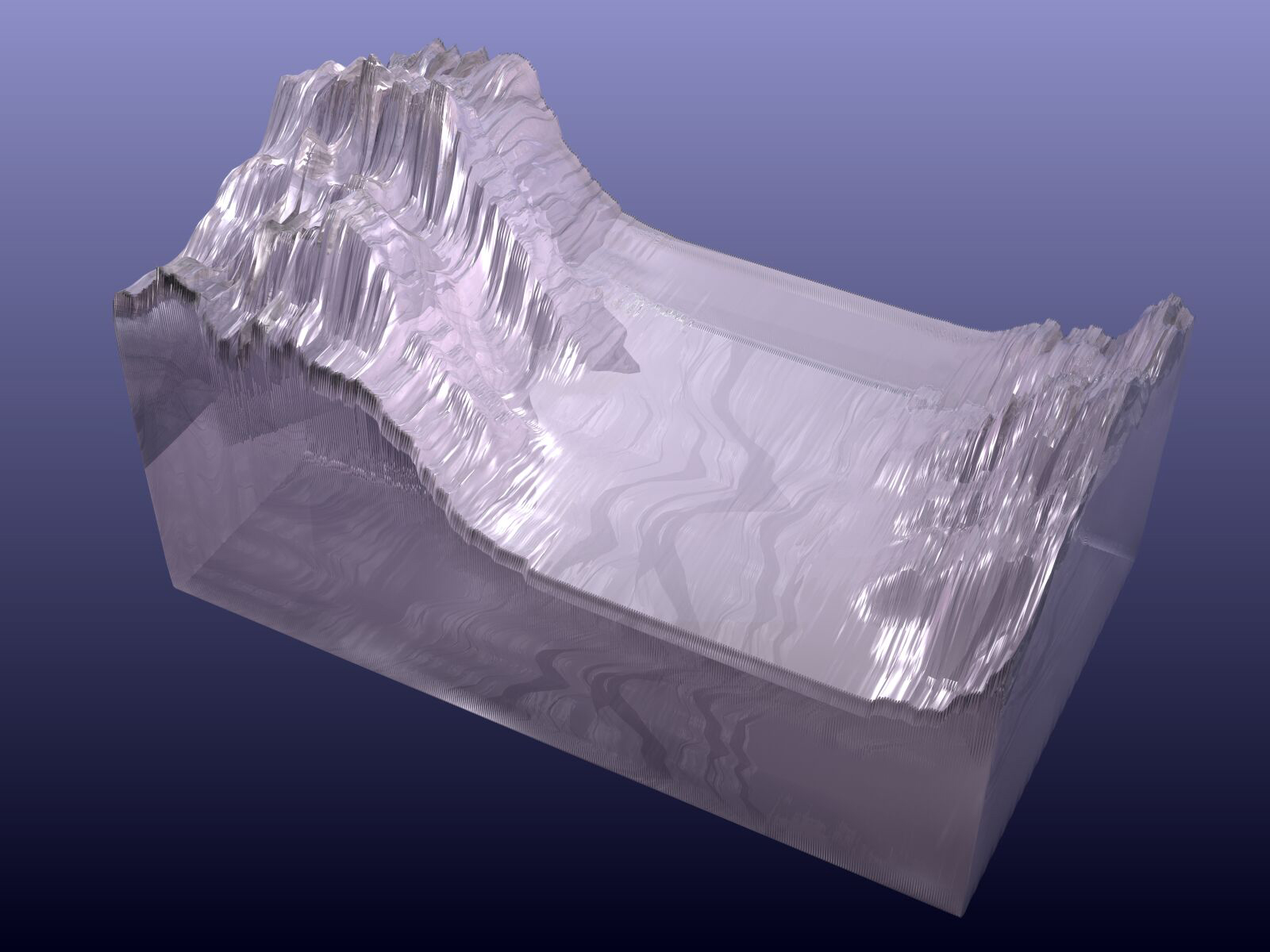
The sculptures were carved in collaboration with Garfagnana Innovazione.
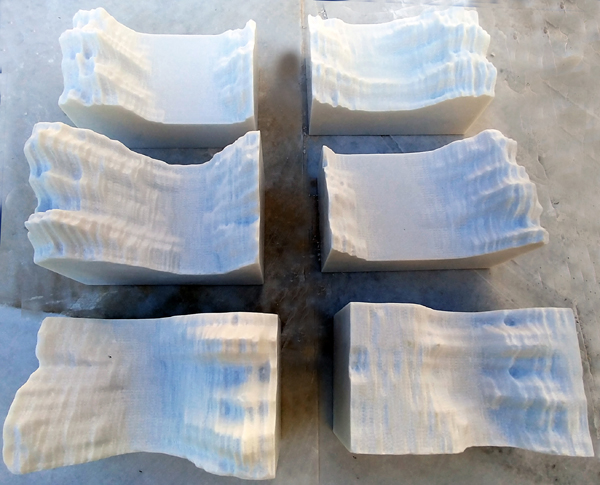
__________________________________________________
While 3D printers have become more accessible, it is still relatively expensive and time consuming to generate 3D prints. In addition, the materials commonly available for 3D printing are limited to certain types of plastics. I wanted to explore the possibilities of broadening the affordability and material variety for making multiple models by using traditional mold-making with 3D printed sources. In this case, I used silicone molds to translate 3D printed designs into various types of food.
Link to further description of process and culinary research
Center-left: generated 3D model
Center-right: 3D print
Right: silicone mold created from 3D print



making vegetable wraps using silicone molds

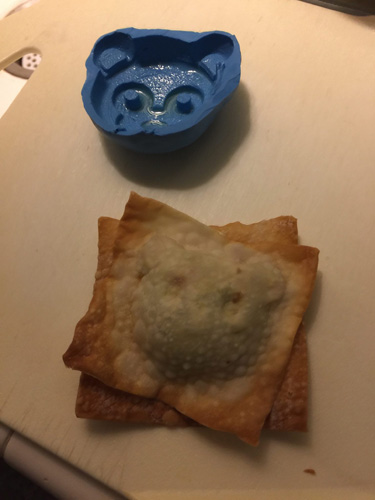

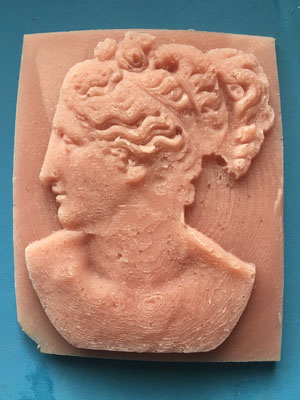
__________________________________________________
Mycelium is the the white fibrous part of fungus, which has been embraced as a creative tool and making material in recent years. In my work, I have experimented with creating objects out of mycelium as a type of sustainable, biodegradable crafting.
Link to conference presentation
The mycelium mixture is added to flower and water and then shaped using molds.
The mycelium then grows into the shape of the mold over 5-10 days.
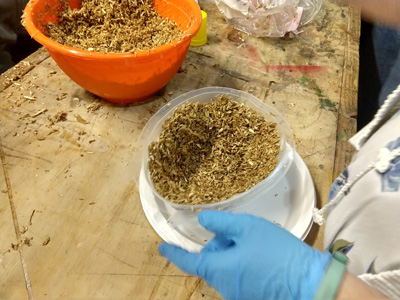
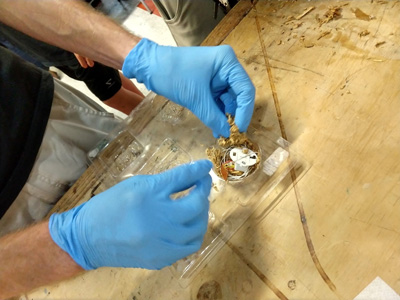

__________________________________________________
I have created programs to morph 2D images so that they can be
printed and assembled into 3D shapes.
Link to workshop
Link to detailed description
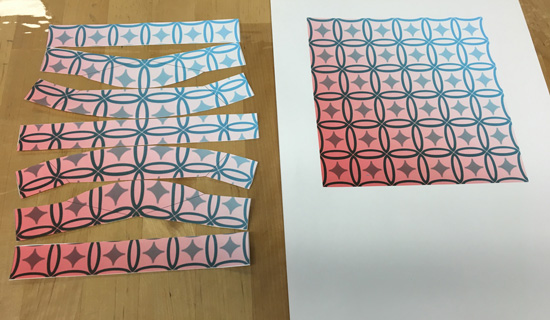
below: warped strips assembled to create complete model
